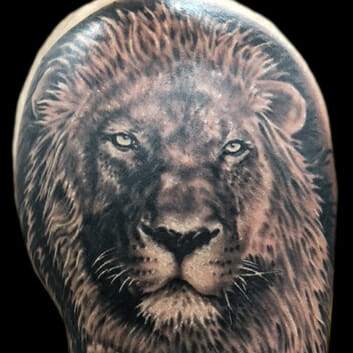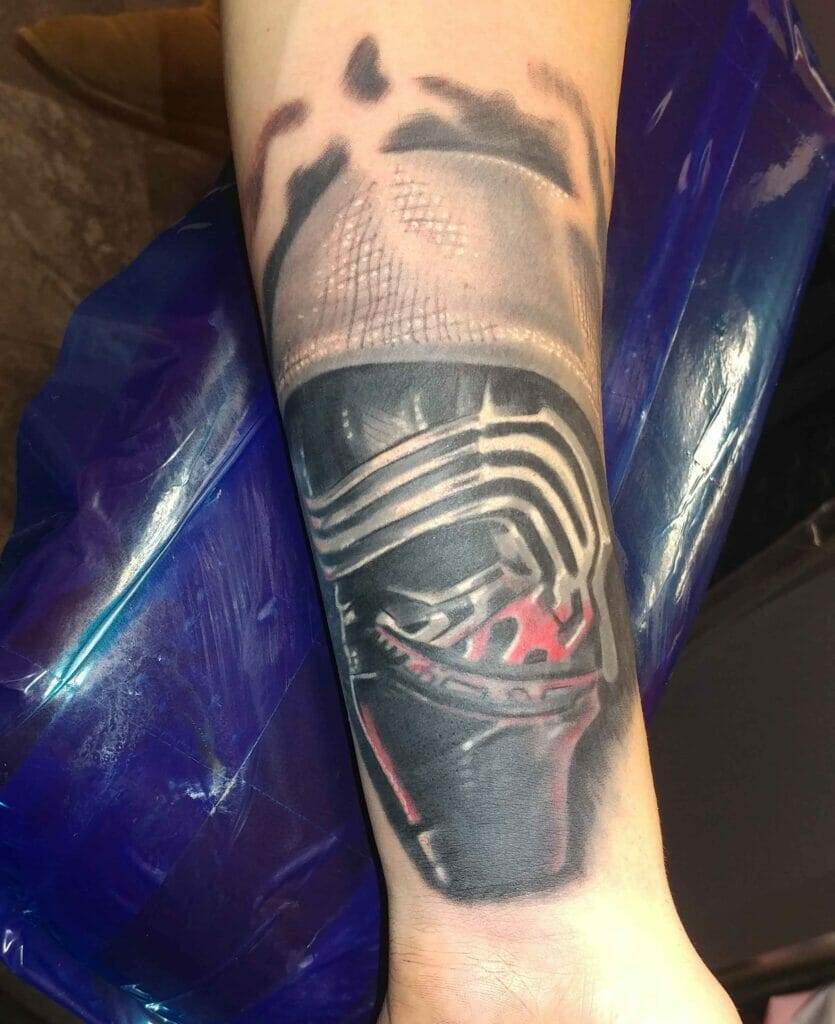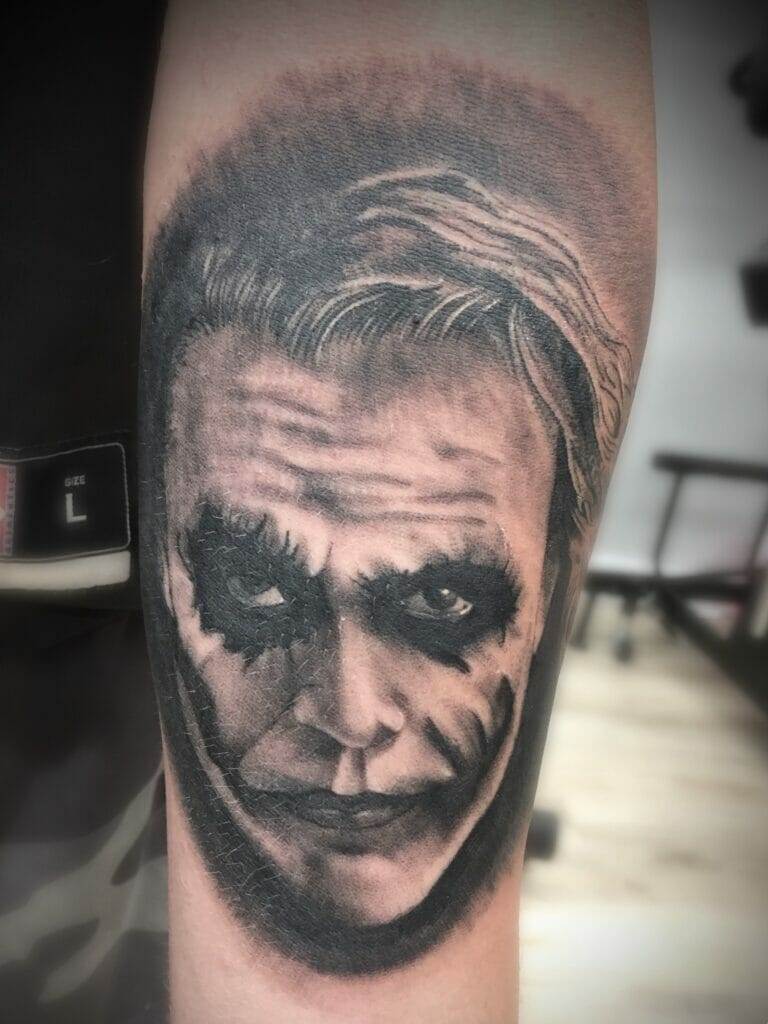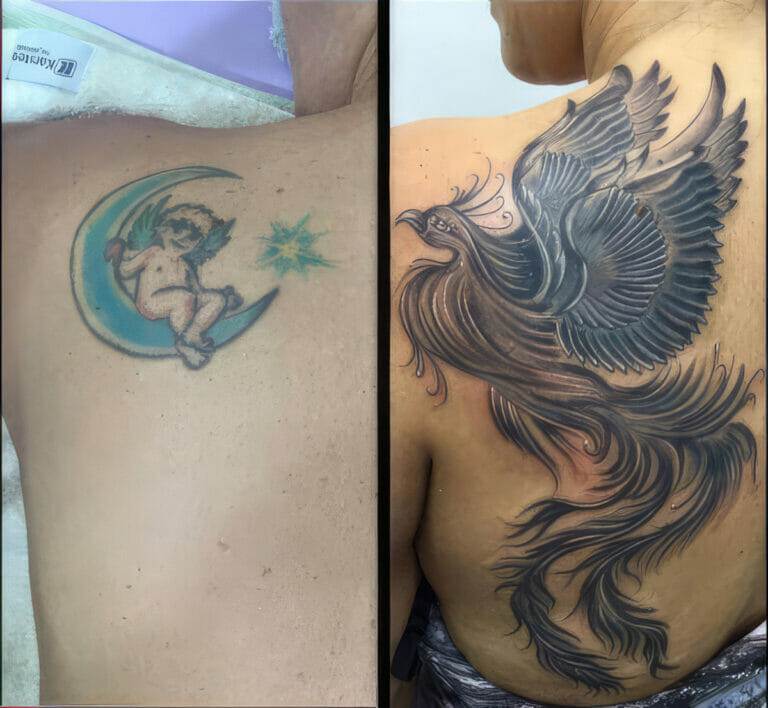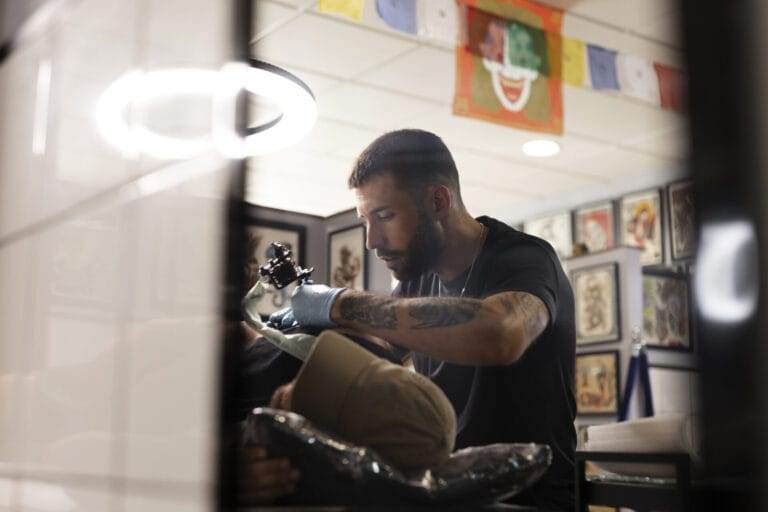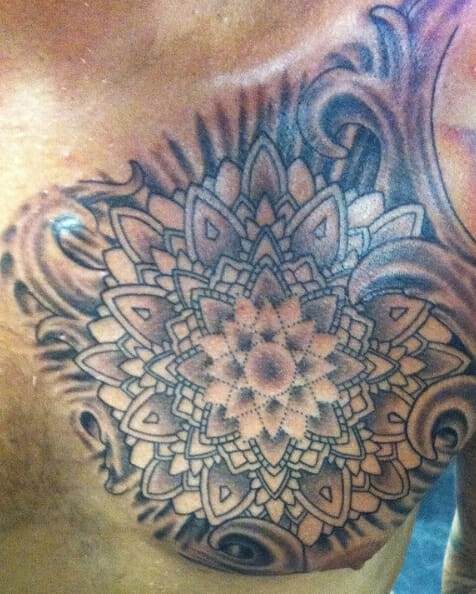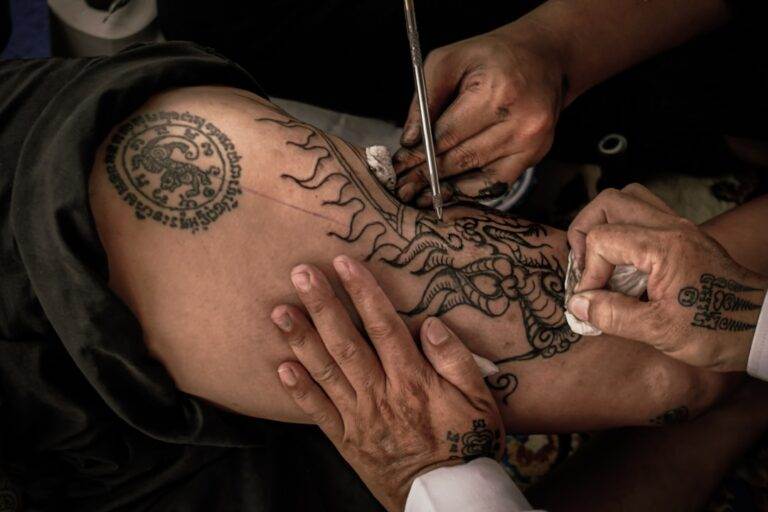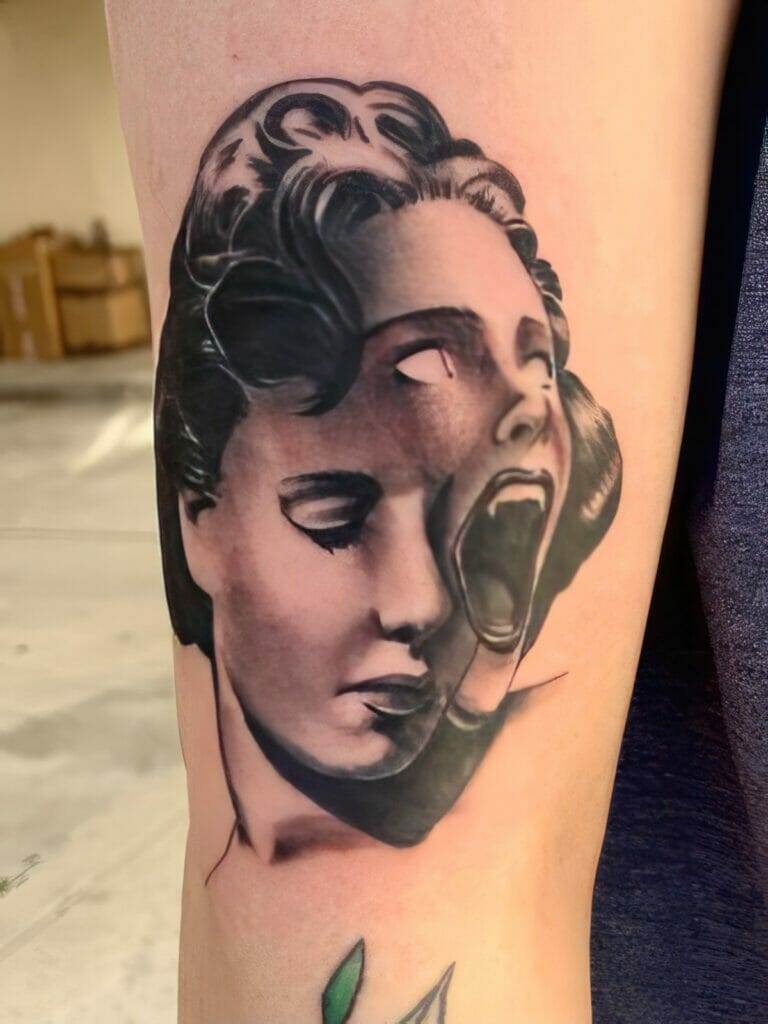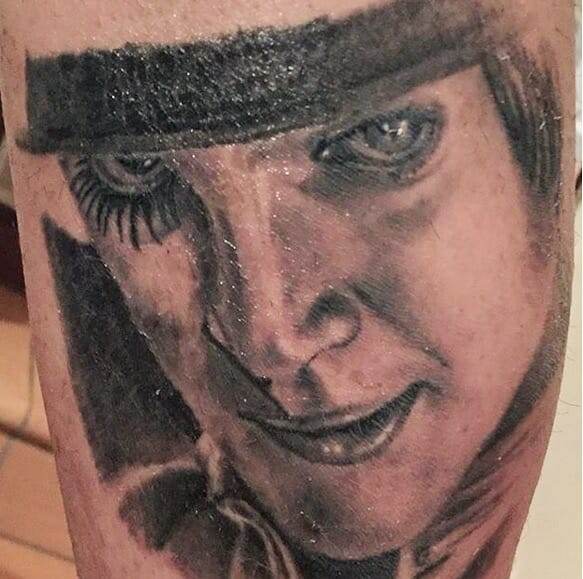
Realistic tattoo designs have become increasingly popular in recent years, captivating the attention of tattoo enthusiasts and art lovers alike. Unlike traditional tattoos, which often feature bold lines and vibrant colors, realistic tattoos aim to replicate the appearance of real-life objects, people, or scenes with incredible detail and precision. This unique style of tattooing has gained popularity due to its ability to create stunning and lifelike images on the human body.
The Art of Tattooing as a Canvas
The human body serves as a canvas for tattoo artists, providing them with a unique and dynamic surface to showcase their skills and creativity. Understanding the contours and shapes of the body is crucial for creating realistic tattoos that seamlessly blend with the natural curves and movements of the skin. Tattoo artists must have a deep understanding of anatomy and perspective to ensure that their designs appear three-dimensional and realistic.
The Beauty and Complexity of Realistic Tattoos
Realistic tattoos are known for their intricate details and lifelike appearance. From portraits of loved ones to depictions of animals or landscapes, these tattoos require a high level of skill and precision to capture every nuance and texture accurately. Tattoo artists use shading techniques, fine lines, and careful color selection to create depth and dimension in their designs. The level of detail in realistic tattoos can be truly astonishing, with every wrinkle, strand of hair, or blade of grass meticulously rendered.
The Role of Color and Shading in Realistic Tattoo Designs
Color and shading play a crucial role in bringing realistic tattoo designs to life. Tattoo artists use a combination of different shades and hues to create depth and dimension in their designs. By carefully selecting the right colors and blending them seamlessly, artists can achieve a realistic appearance that mimics the natural colors found in the subject matter. Shading techniques, such as stippling or cross-hatching, are used to create shadows and highlights, further enhancing the three-dimensional effect of the tattoo.
Realistic Tattoos as a Form of Self-Expression
Realistic tattoos offer individuals a unique opportunity to express themselves through art. These tattoos can represent a person’s personality, beliefs, or experiences in a visually striking and personal way. For example, someone may choose to get a realistic tattoo of their favorite animal to symbolize their connection with nature or opt for a portrait of a loved one to honor their memory. Realistic tattoos allow individuals to showcase their passions, interests, and emotions through a permanent work of art on their bodies.
The Evolution of Realistic Tattoo Designs
Realistic tattoo designs have come a long way since their inception. In the past, achieving a truly realistic tattoo was challenging due to limited technology and techniques. However, advancements in tattoo equipment, pigments, and artistic techniques have revolutionized the field of realistic tattooing. Today, artists have access to high-quality tattoo machines, specialized needles, and a wide range of pigments that allow them to create incredibly detailed and lifelike tattoos.
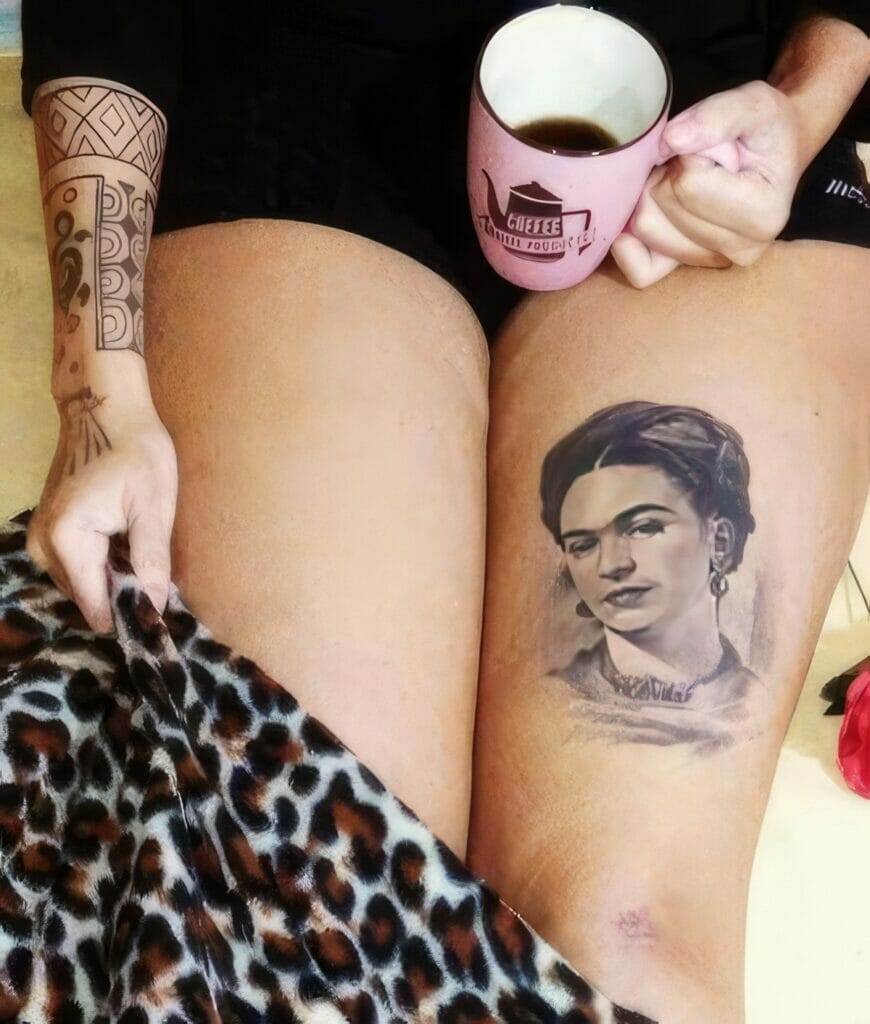
Realistic Tattoos and Their Popularity in the Modern World
Realistic tattoos have experienced a surge in popularity in recent years. This can be attributed to several factors, including advancements in tattoo technology, increased exposure through social media platforms, and the growing acceptance of tattoos in mainstream society. Many celebrities and public figures have also embraced realistic tattoos, further fueling their popularity. From actors and musicians to athletes and influencers, realistic tattoos have become a sought-after form of body art.
The Impact of Realistic Tattoos on the Tattoo Industry
The rise of realistic tattoos has had a significant impact on the tattoo industry as a whole. It has led to the emergence of a new generation of highly skilled and specialized tattoo artists who focus solely on realistic designs. Tattoo studios and conventions dedicated to realistic tattoos have also gained prominence, providing a platform for artists to showcase their work and connect with like-minded individuals. The demand for realistic tattoos has created a thriving market, with collectors and enthusiasts seeking out talented artists to create their desired designs.
The Significance of Realistic Tattoos in Different Cultures
Realistic tattoos hold different meanings and significance in various cultures around the world. In some cultures, realistic tattoos are seen as a symbol of status or achievement, while in others, they may represent spiritual beliefs or cultural heritage. For example, in Japanese culture, traditional Irezumi tattoos often feature realistic depictions of mythical creatures or natural elements and are considered a form of art and self-expression. Understanding the cultural significance of realistic tattoos is essential to appreciate their beauty and meaning fully.
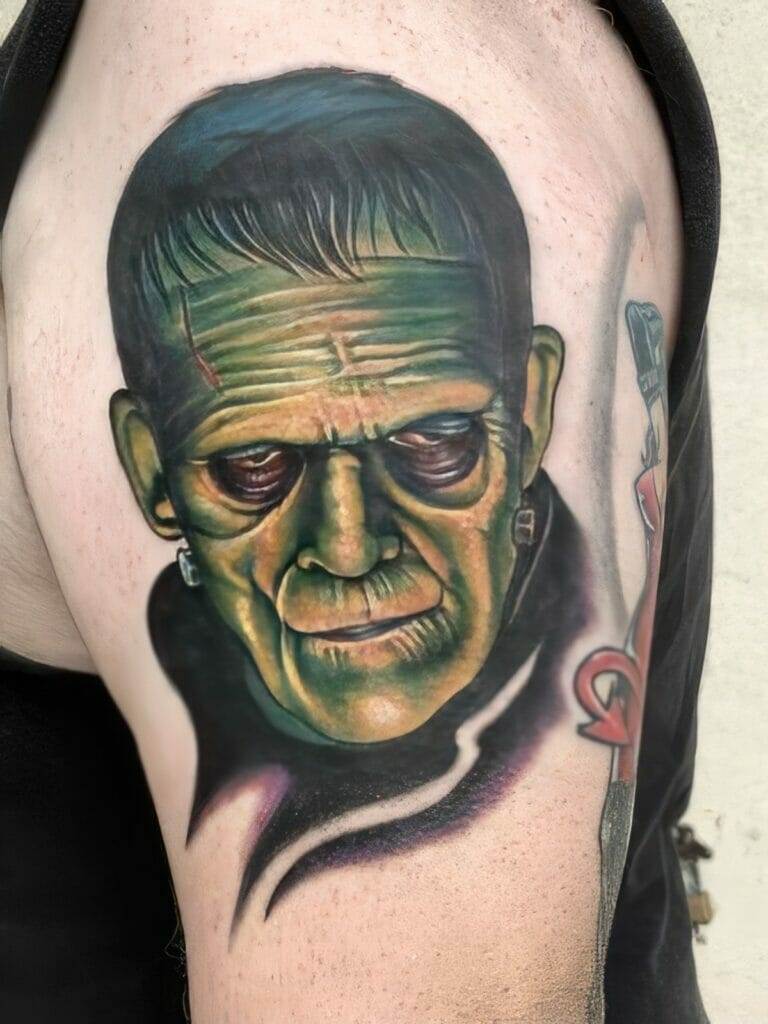
The Enduring Appeal of Realistic Tattoo Designs
Realistic tattoo designs continue to captivate people’s imaginations with their stunning detail and lifelike appearance. The appeal of these tattoos lies in their ability to transform the human body into a living canvas, showcasing the skill and creativity of talented tattoo artists. Whether it’s a portrait of a loved one or a breathtaking landscape, realistic tattoos allow individuals to express themselves in a visually striking and deeply personal way. As technology and artistic techniques continue to evolve, the future of realistic tattoos looks promising, with even more incredible designs waiting to be inked onto willing canvases.

